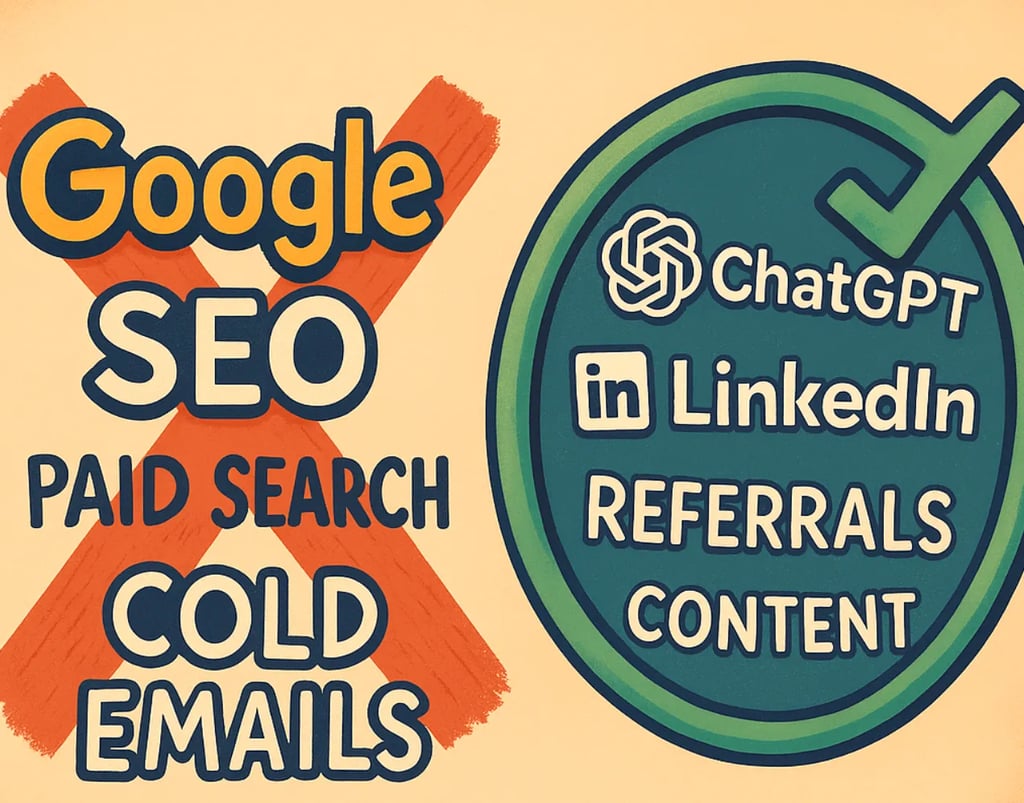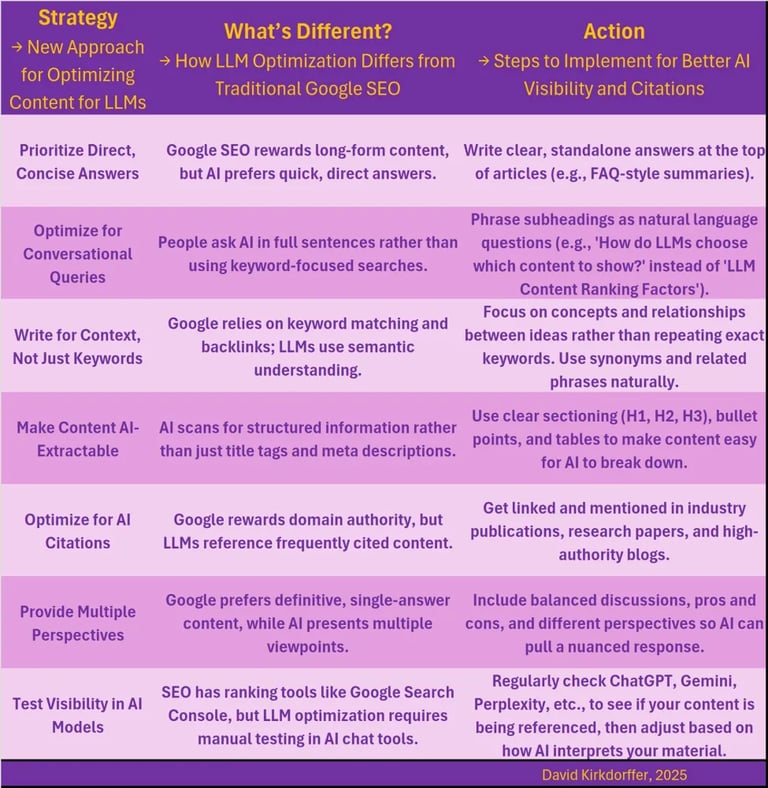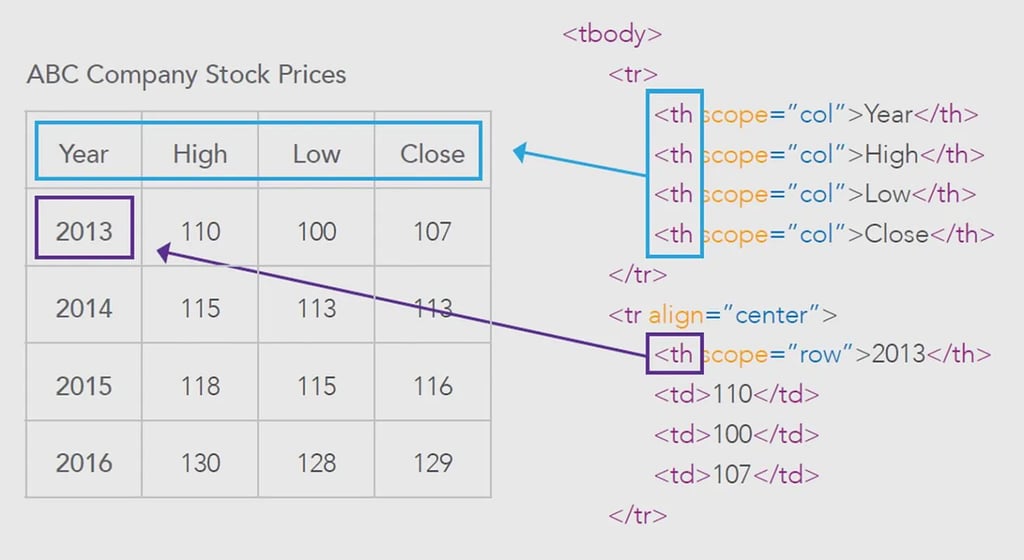How to Get ChatGPT to Recommend Your Solution in Buyer Conversations
By the time a buyer reaches out, they’ve already made a decision—or are close to it. And in 2025, their journey almost always involves AI tools like ChatGPT, Claude, Gemini, or Perplexity. To show up in those conversations, your content must be AI-readable, structured, and consistently distributed. This guide will show you how to optimize your brand for Generative Engine Optimization (GEO)—the new playbook for SEO in the age of AI.
Richard F. Purcell
7/8/20255 min read


Your sales funnel begins where your buyer’s funnel ends.
By the time buyers contact sales, they already know exactly what they want.
Here’s how the buying journey has changed:
How the Modern Buyer Journey Works
2015 vs. 2025: What’s Changed
Buyer Journey in 2015:
Receives a thoughtful cold email
Responds and schedules a meeting
Meets with a BDR → AE → Demo
Evaluates competitors on Google
Eventually makes a decision
Buyer Journey in 2025:
Ignores cold outreach filtered by AI
Discovers insights from a founder on LinkedIn
Clicks to company website (10 seconds max)
Unsubscribes from automated emails
Asks ChatGPT to compare top solutions
Selects vendor before ever talking to sales
How do we ensure that AI recognizes and includes our brand in its responses? It starts with making our brand and product information easy for AI to find, understand, and synthesize. Let’s focus on this question more deeply.
Step 1: Make Your Website AI-Friendly
AI models don’t crawl like Google. They synthesize, using structured, well-organized data and third-party reinforcement.
Key AI Optimization Tips:
✅ Your About Page should state: what you do, who you help, and how. Start with that. Save founder stories for later.
✅ Build a “Compare Us” page with specific competitor names and side-by-side feature comparisons (AI thrives on explicit differentiation).
✅ Maintain a Press/Media page with credible third-party mentions and podcasts.
✅ Follow WCAG and HTML accessibility best practices—this improves both human and AI comprehension.
Step 2: Standardize Brand and Product Messaging
AI Gets Confused by Inconsistency
Use consistent names, product descriptions, and taglines across:
Your website
G2, Capterra, Crunchbase
Press mentions
Social media bios
Internal PDF docs
❌ Don’t: "SecureAI" in one place, "S-AI" elsewhere
✅ Do: "SecureAI — Real-time AI-powered cybersecurity platform"
Consistency improves trust—for both humans and machines.
Step 3: Get Third-Party Mentions (and Keep Them Consistent)
Why Mentions Matter
AI models weigh authority and distribution across diverse sources.
Action Steps:
Pitch industry blogs and podcasts
Get listed in roundups (e.g., “Top 10 Cybersecurity Tools for SMBs”)
Politely request correct naming in partner sites and media coverage
The more your full brand name + value proposition is repeated across the web, the better AI can recommend you.
Step 4: Optimize Directory Listings and Reviews
Directories AI Uses:
G2
Capterra
Crunchbase
TrustRadius
AngelList
Product Hunt
Relevant niche directories
Make sure:
You use consistent branding
Your product benefits are listed in bullet form
You’re using up-to-date language and categories
You ask reviewers to use your product name and use case in their reviews
Step 5: Structure Content So AI Can Read It
AI prefers structured content like:
🔍 FAQs (best format for LLM comprehension)
📊 Comparison tables with <th> and <caption> tags
✔️ Bullet points and clear section headers
🧭 Headings that are descriptive (e.g., “How Our AI-Powered Firewall Works”)
🚫 Avoid vague headers like "Overview" or "More Details"
Pro Tip:
AI skips over poorly formatted PDFs, image-only tables, or inaccessible content. Follow W3C table best practices for maximum GEO.


How optimizing content for AI differs from traditional Google SEO. NOTE: This is an image of a table. As an image, it isn’t as easily assimilable compared to an HTML table with proper table markup.
If you use tables to present structured information, it’s a good idea to follow best practices for website accessibility.
AI understands well-formatted tables, especially for comparisons and feature lists. However, tables should follow proper HTML markup (e.g., <th> for headers, <caption> for summaries) so that both AI and accessibility tools interpret them correctly. The same markup that enables web accessibility machine readers to correctly read a table for blind people makes a table more clearly understandable for AIs, too. Poor structured tables and missing markup can confuse AI, causing it to misread relationships between data points.


NOTE: This is an image showing HTML marekup. As an image, it isn’t as easily assimilable compared to an HTML table with proper table markup.
You want to use clear, informative headings as AI relies on headings to understand content structure, just like humans do. Descriptive, well-organized headings help AI models recognize key topics and retrieve relevant details when generating answers.
Avoid vague headings like “Overview” or “Details”. Instead, use ones that clearly reflect the topic, like “How AI Prioritizes Information” or “AI-Optimized Content Strategies.”
A great source to learn more about Tables accessibility and ideas to be aware of is the W3 website: https://www.w3.org/WAI/tutorials/tables/
Step 6: Make Valuable Content Public
If it’s gated, AI can’t read it.
Make This Public:
🟢 Case studies
🟢 Product comparisons
🟢 ROI calculators
🟢 Onboarding guides
🟢 Whitepapers and decks
🟢 Expert blog content
🟢 Competitive battlecards (reworked into public-friendly format)
“AI Enablement” Is the New Buyer Enablement
Instead of just enabling sales, enable AI to educate buyers for you. The best LLM-friendly content is:
Written for humans
Skimmable
Machine-readable


From Sales Enablement to Buyer Enablement to AI Enablement
This doesn’t mean giving away everything, but it does mean making case studies, expert insights, solution comparisons, and all sorts of detailed information publicly available, for prospects, and now also in AI readable formats.
Step 7: Test If AI Mentions You (And Improve If Not)
There’s no “ChatGPT Console,” so you must test manually.
AI Prompt Examples:
“What are the top [category] tools for [use case]?”
“Which vendors offer [feature]?”
“Compare [Your Company] vs [Competitor]”
“Who are the top companies solving [problem]?”
Where to Check:
ChatGPT
Claude
Perplexity
Microsoft Copilot
Gemini (Google)
Meta AI
Check:
Does your brand appear?
Are the descriptions accurate?
Are your differentiators clear?
Are sources listed? (Look for backlinks or mentions)
If competitors appear and you don’t—that’s your LLM SEO to-do list.
Bonus: Are AI Agents Already Visiting Your Site?
Yes.
OpenAI’s Operator bot and similar LLM agents visit websites, though they may appear as Bing/organic traffic in GA4.
A Seer Interactive study tracked this activity. Takeaway: AI is already crawling your content—even if you don’t realize it.
Final Thoughts: The New SEO is LLM SEO
To win in 2025 and beyond, your content must not only rank in Google—it must be referenceable by AI. This means:
Public content
Structured content
Consistent messaging
Third-party reinforcement
When you implement Generative Engine Optimization, you’re not just enabling buyers. You’re training the very AI agents that buy for them.
Want a Checklist?
Let me know and I’ll create a downloadable LLM SEO Checklist based on this article.
Subscribe to MoxieGTM
By Richard F. Purcell · Launched 2 years ago
The newsletter for the busiest, most sophisticated GTM leaders. Discover step-by-step instructions for implementing unconventional GTM experiments, drawn directly from the operators who ran each campaign.
By subscribing, I agree to Terms of Use, and acknowledge its Information Collection Notice and Privacy Policy.
You don't have a pipeline problem. You have a process problem.
© 2025. All rights reserved.
Free Mid-Funnel Audit
Score your closed/lost + mid-funnel leads and identify top 20 % ready to re-engage.
